I want my app to simulate a swipe touch event (to up/down/left/right) when I click a button, then a TextView will scroll down/up.
I have tried to use Motion Event, but nothing happen after I dispatch 3 Motion Event of ACTION_DOWN, ACTION_MOVE and ACTION_UP respectively.
Is that possible to simulate a swipe event?
public void simulation(View view){
swipe(Direction.Bot);
}
public enum Direction {
Top, Bot, Left, Right;
}
protected void swipe(Direction direction) {
Point size = new Point();
this.getWindowManager().getDefaultDisplay().getSize(size);
int height = size.y; // height will be at top of the screen
int width = size.x; // width will be rightmost location of the screen
float xStart = size.x-50;
float xEnd = size.x-50;
float yStart = size.y-50;
float yEnd = size.y-50;
long downTime = SystemClock.uptimeMillis();
if(direction == Direction.Top || direction == Direction.Bot){
yStart = ((direction == Direction.Top) ? 50 : (height - 50));
yEnd = ((direction == Direction.Top) ? (height - 50) : 50);
}else {
xStart = ((direction == Direction.Left) ? (width - 50) : 50); // true: xStart = w-10; else: = 10
xEnd = ((direction == Direction.Left) ? 50 : (width - 50)); // true: xEnd = 10; else: = w-10
}
findViewById(R.id.my_id).dispatchTouchEvent(MotionEvent.obtain(downTime, SystemClock.uptimeMillis(),MotionEvent.ACTION_DOWN, xStart/2, yStart/2, 0));
System.out.println("ACTION_DOWN");
findViewById(R.id.my_id).dispatchTouchEvent(MotionEvent.obtain(downTime, SystemClock.uptimeMillis() + 500, MotionEvent.ACTION_MOVE, xEnd / 2, yEnd / 2, 0));
System.out.println("ACTION_MOVE");
findViewById(R.id.my_id).dispatchTouchEvent(MotionEvent.obtain(downTime, SystemClock.uptimeMillis() + 1000, MotionEvent.ACTION_UP, xEnd / 2, yEnd / 2, 0));
System.out.println("ACTION_UP");
}

